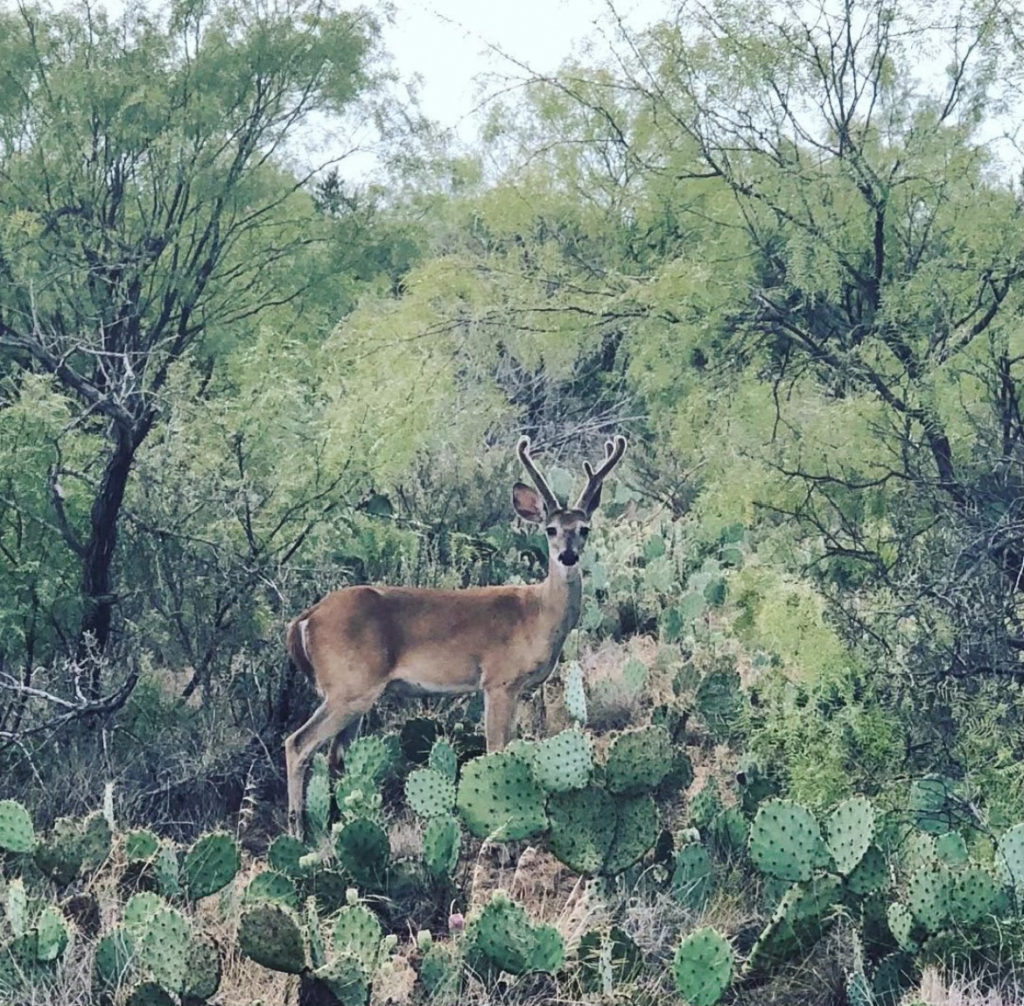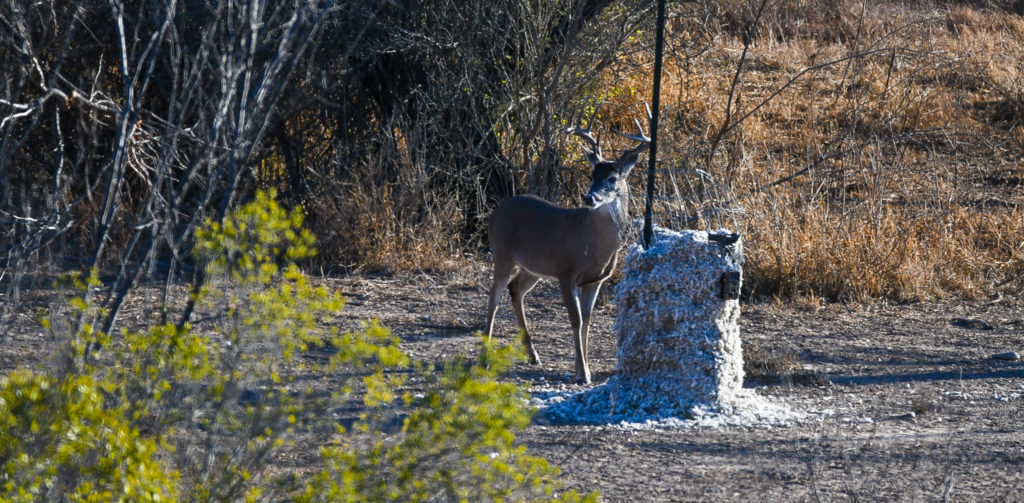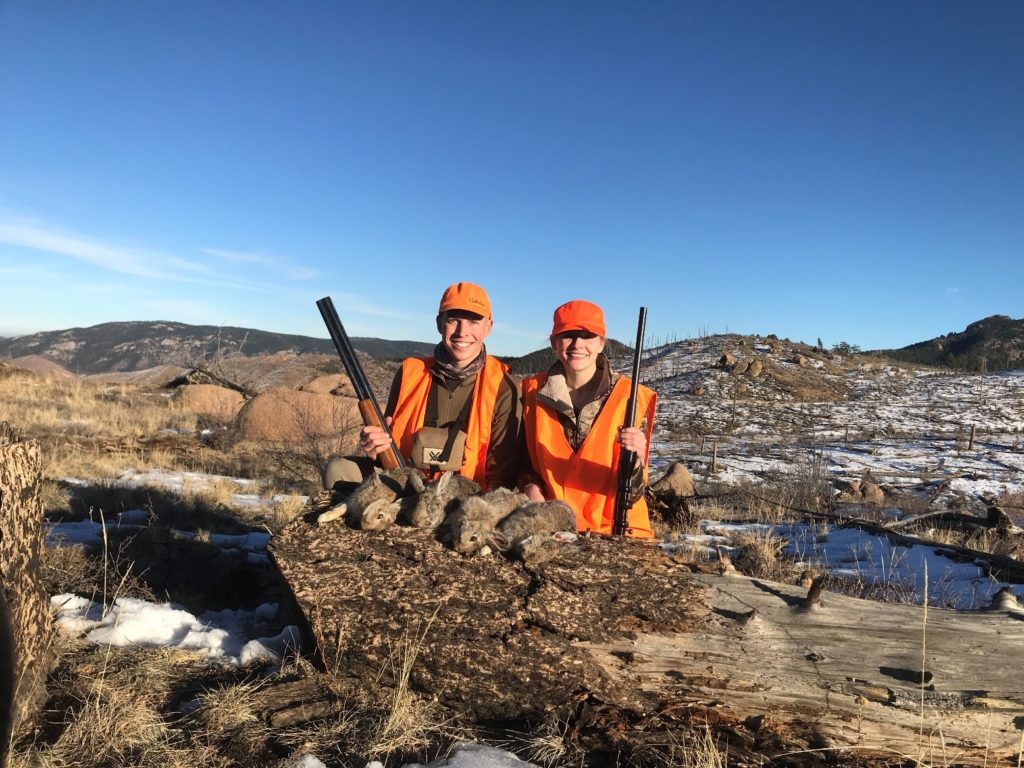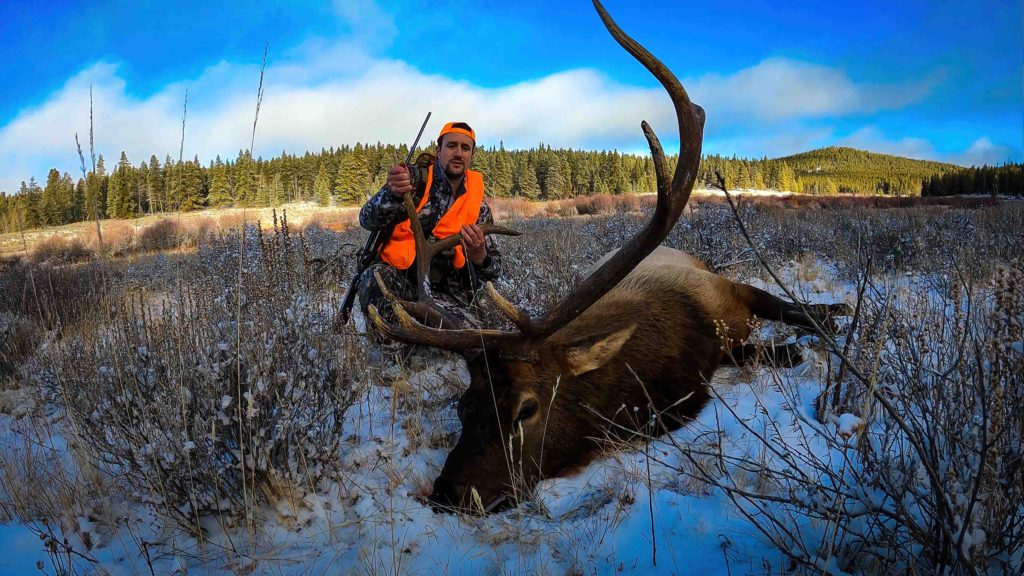Since high temperatures and droughts are very common in Texas, I often think to myself, “How do white-tailed deer survive through the brutal Texas summer heat?” What do they eat? What is the source of summertime food for whitetail? Every area of Texas has different plants and forage, but today I’m focused on McCulloch County. This county, like many in Texas, is covered in Mesquite, Oaks, Cedars, Algerita, Greenbriar, and Prickly Pear Cactus. Let’s talk about the protein and energy value of these plants.
The Usual Suspect
Let’s start with corn, the food we spend millions of dollars on for chasing trophy bucks! Generally, corn contains 4-7% protein content and is loaded with starch (carbs). This makes corn a high source of energy and is why deer love it so much. However, believe it or not, whitetail survive on more than just corn. Deer are browsing animals, making this a primary part of their diet. Mast, forbs, and grass are also in the diet, but browse (leaves, twigs) is the majority.

The Science Behind Whitetail Diets
Based on a Kerr Wildlife Management study, 72% of a whitetail’s diet is browse. Of the 72%, up to one-third of their diet is Mesquite and Cedar. Mesquite is one of the best year-long food plants for deer, no matter where you are. In the spring, Mesquite boasts up to 32% protein with a high energy value while in the summer it drops to 16% with low energy value. That’s still more than double the protein content of corn.
Cedar contains 7-14% protein with a medium energy value which varies depending upon the time of year and whether it’s the leaves or berries that are eaten. Algerita has a protein content of 16% with a high energy value in the spring and 6-8% in the summer. This was very surprising to me, but Greenbriar contains 28% protein with a very high energy value in the spring. I suspect the protein value is half of that in the summer but is still very nutritious for the herd. Oak trees vary from 10-15% protein from spring to fall. We all know how a good acorn crop can affect a hunting season…makes you change tactics. Finally, the plant that covers most of the ground in McCulloch County is the Prickly Pear. In the summer, it contains 7% protein with a high energy value which is identical to corn. I could go on and on for different plants, but these are the majority for McCulloch County.
Deer have many food sources to survive and thrive on. The most important factor when it comes to summertime survival and the overall health of a deer population is rain. The more rain we have the better. It promotes spring growth of the forage/browse/vegetation which promotes a healthier herd and more watering holes. Here’s to hoping for rain, healthy deer herds, and lower corn prices!
Hunt.Fish.Love.Texas.


